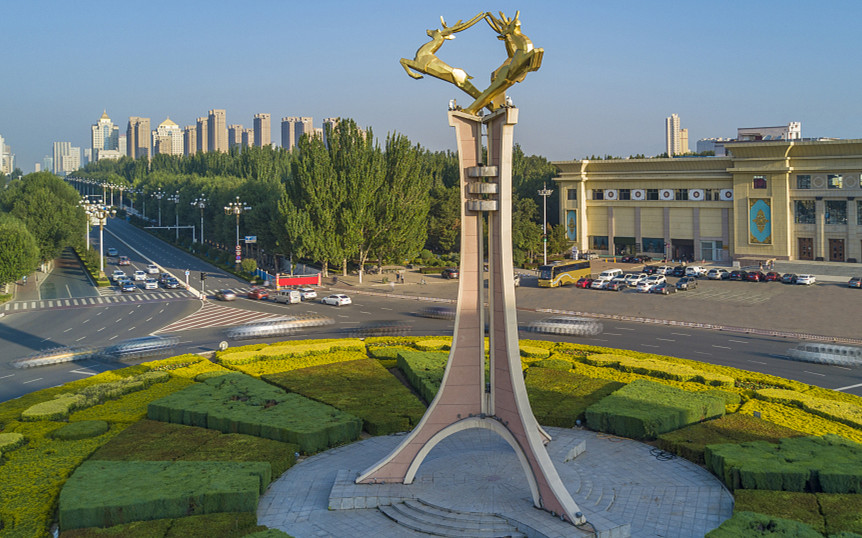Baotou sees notable achievements during 13th Five-Year Plan
The city of Baotou in Inner Mongolia autonomous region has seen remarkable economic and social development during the 13th Five-Year Plan period (2016-2020).
Since 2017, Baotou's GDP, general public budget revenue and total retail sales of consumer goods have maintained an annual growth of 6.7 percent, 5.3 percent and 5.1 percent respectively. The number of projects worth more than 100 million ($15.31 million) amounts to 1,200. Some other key projects concerning anode materials and new materials have also entered operation.
Baotou has striven to speed up its industrial transformation, launching preferential policies and rolling out three-year plans in order to boost the transformation of its traditional industries and develop its strategic emerging, rare earth and intelligent manufacturing industries. The development of high-end traditional industries has helped raise the proportion of the quality steel and special steel being made to 90 percent. Its rare-earth steel and rare-earth electron metal garner a domestic market share of 40 percent.
The city also has made strides in emerging industries. The added value of the strategic emerging industries accounts for 20 percent of all industries in the city. In 2019, Baotou issued the China Rare Earth Serial Index, the first and only rare earth serial index in the world.
Meanwhile, Baotou has achieved remarkable success in the "three tough battles" - financial risk prevention, poverty reduction and pollution control. To date, 18,066 impoverished people and 27 villages have been lifted out of poverty, with the incidence of poverty dropping from 0.57 percent to zero. All the construction payments-in-arrears of the "Ten Full Coverage" project has been paid off.
So far, the city has invested 13.68 billion yuan on 441 pollution control projects. It was approved as a national pilot waste-free city and a national demonstration city in the application of renewable energy.
Efforts towards reform and innovation have also yielded big results. The efficiency of administrative approvals and public services has been increased by 50 percent, with the documents required for the procedures being cut by 15.7 percent. Baotou has implemented a string of industrial collaboration projects and mixed ownership reform projects. With a focus on technological innovation, it has carried out 60 key achievement transformation projects with independent intellectual property rights.
In addition, the city has attached equal importance to bolstering people's livelihoods. The city's built-up area now tops 325.6 square kilometers, with a greenery coverage of 44.5 percent. The areas of forest, wetland and grassland comes to 7.51 million mu (500,667 hectares), over 1.4 million mu and 30.19 million mu, respectively. Baotou has constructed 9,500 km of roads around the city and 7,930 km roads in rural areas.
The government's fiscal expenditure is geared toward improving people's livelihoods, with the spending on people's livelihoods making up over 70 percent of fiscal expenditure for five consecutive years.
The per capita disposable income of urban residents has increased 7.3 percent annually while that of rural residents grows 8.8 percent. Furthermore, Baotou has worked hard to keep the registered urban unemployment rate below 3.9 percent, by adding more than 42,000 new urban jobs every year.

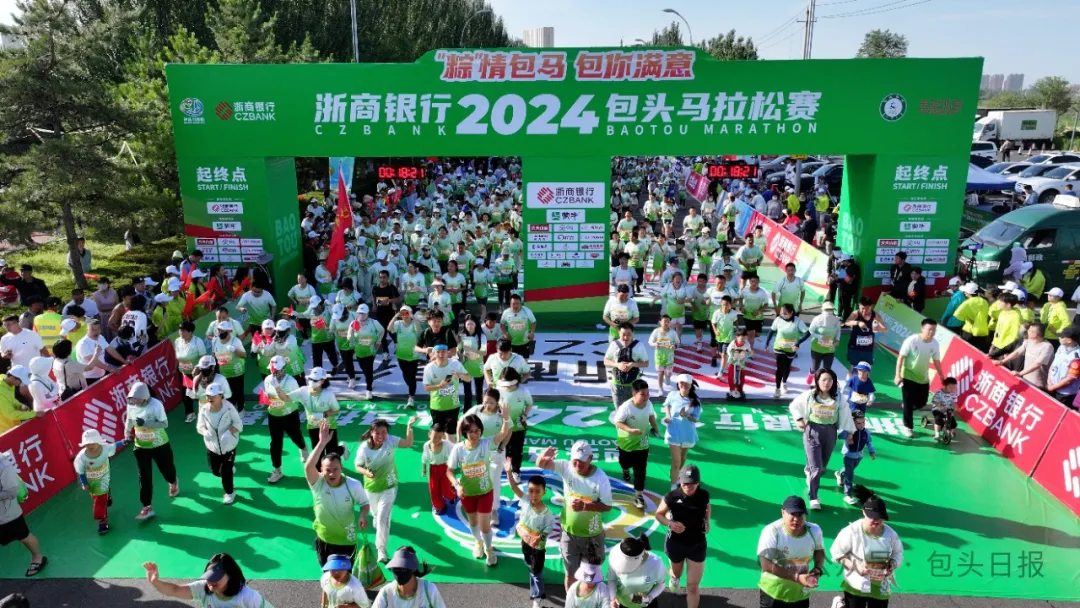
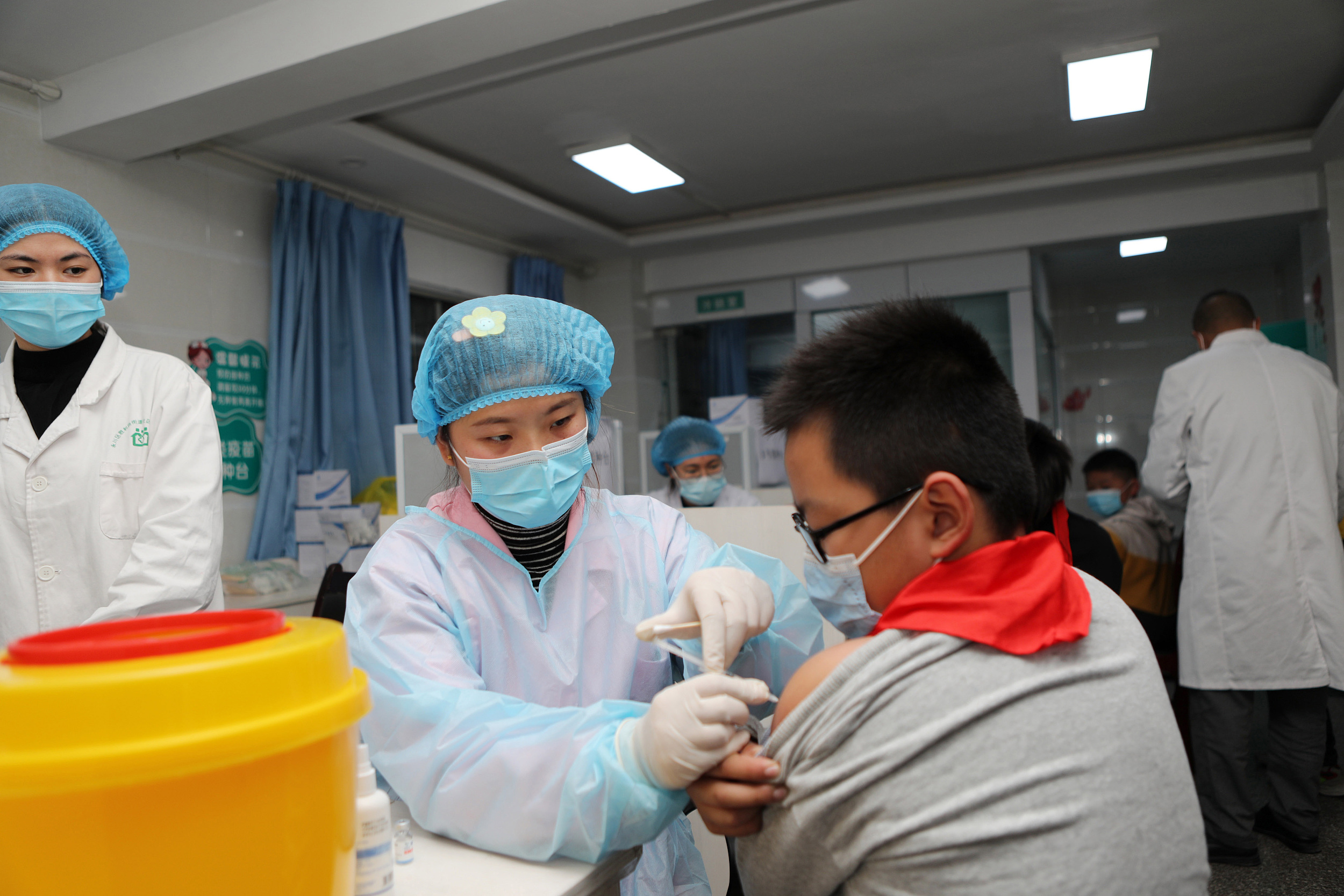
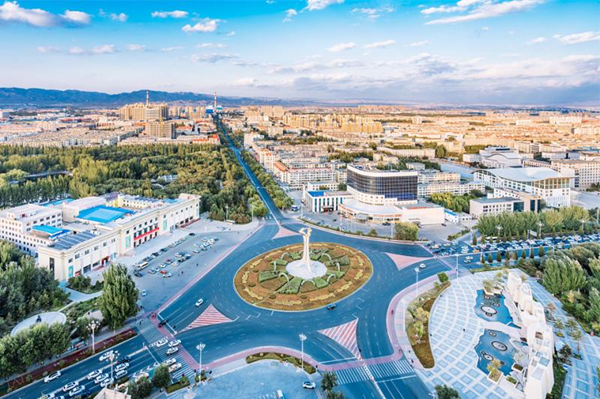
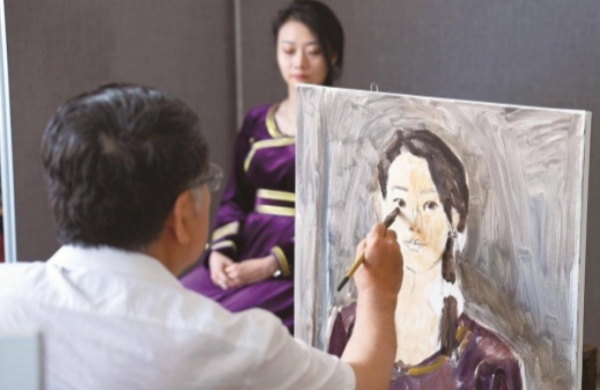
 Sketching and creation tour in Baotou
Sketching and creation tour in Baotou